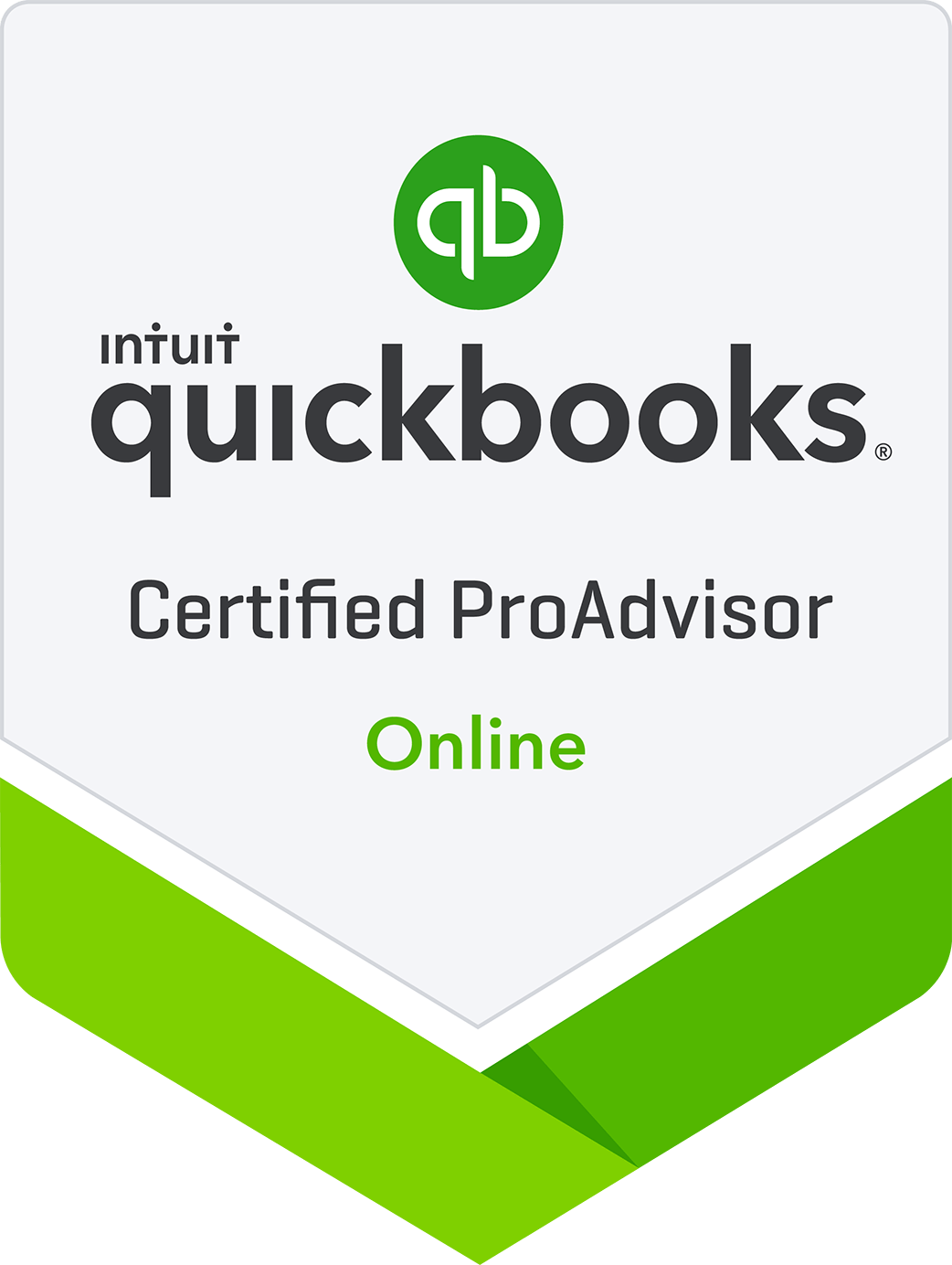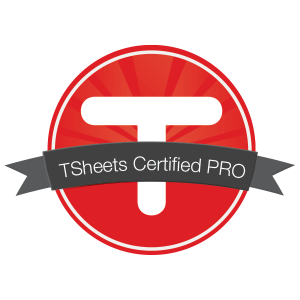When you think of an accountant’s duties, you might think about traditional tasks, such as tax preparation, bookkeeping, and financial statement preparation. Here are five additional tasks that accountants can help with that you might not think of.
1. Evaluating Current Accounting Employees
How can you know if your accounting employee is a star that does everything right, is organized, and is fast or if you’ve accidentally hired someone who talks a good game but is doing everything wrong, takes way too long based on your size company, or is making unnecessary and costly mistakes? Your external accountant can often help you objectively evaluate your current staff and point out their strengths and weaknesses so you can create the right training programs for them, communicate the right message at review time, or take the proper HR steps you need to. Your accountant can also help to train your bookkeepers so that they are more efficient.
If your bookkeeper is not performing at the level of pay you are providing, it can be an inefficiency in your business. Your accountant can help you make sure you are not over- or underpaying your current staff.
2. Hiring a Bookkeeper
For businesses that have full or part-time accounting staff, your accountant can help you test candidates for technical skills so that you can make a wise hire.
3. Selecting Better Tools
Most bookkeepers that do books for one company do not have the experience that lets them see there may be “a better way” to do what they are doing. Your external accountant can help you find or develop systems, reports, and software to supplement your current accounting system that may save you time and money.
Since your accountant can be working on as many as ten different companies in one day, they have far more experience and expertise than bookkeepers who work at one company at a time. Take advantage of that experience to streamline your workflow and learn lots of great money-saving shortcuts.
4. Identifying Process Inefficiencies and Irregularities
The fresh eyes that your external accountant can bring to your business can often uncover inefficiencies in accounting processes that can reduce your expenses and increase your profits. One opportunity area is listening for the “we’ve always done it that way” answer. When that explanation comes up, usually it means that the person saying it has lost or never knew the reason behind the process, which could now be obsolete.
External accountants have the benefit of seeing dozens if not hundreds of financial statements among their many clients. We’ve often developed the eagle eye of scoping out expenses that are out of line based on other clients in your industry and company size. If you are paying too much for telephone, utilities, and other common expenses, we can bring it to your attention that there may be an opportunity to re-negotiate a contract or look for some kind of error.
5. Strengthening Internal Control and Taking Measures to Reduce Risk of Fraud
Developing checks and balances in your accounting system is essential in businesses where employees handle money and have access to credit card numbers and bank account information. Your external accountant can help you develop internal controls within your accounting system that will work for the level of risk you wish to take in your business. They can also point out reports in QuickBooks or your accounting system that facilitate controls and that can help you review irregularities on a periodic basis.
Tapping into Talent
Next time you find yourself in one of the above situations, think of your external accountant first, and give us a call.



 Want a free consultation with us? Give us a call or send us an email to claim your complimentary consulting session.
Want a free consultation with us? Give us a call or send us an email to claim your complimentary consulting session.




